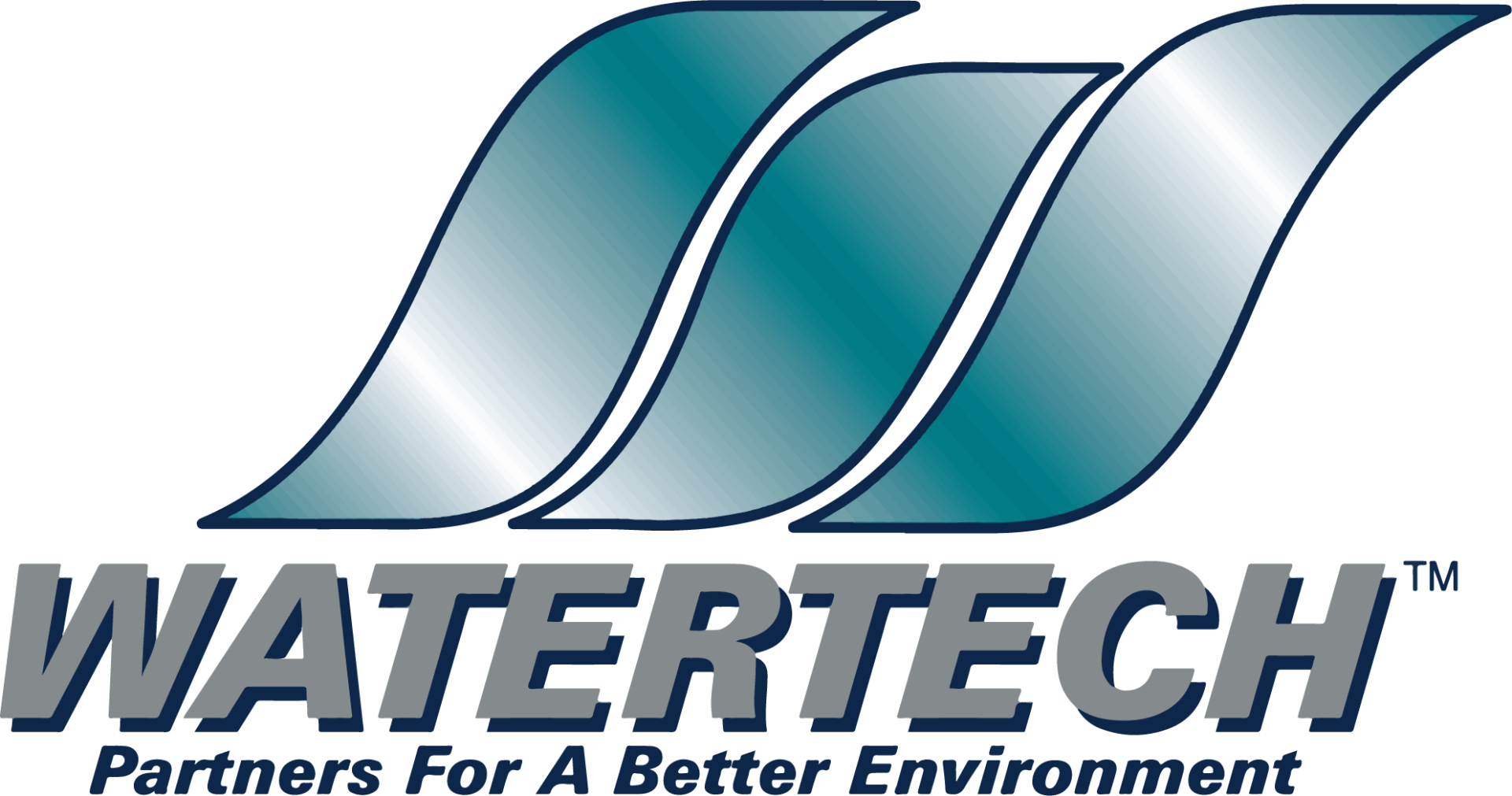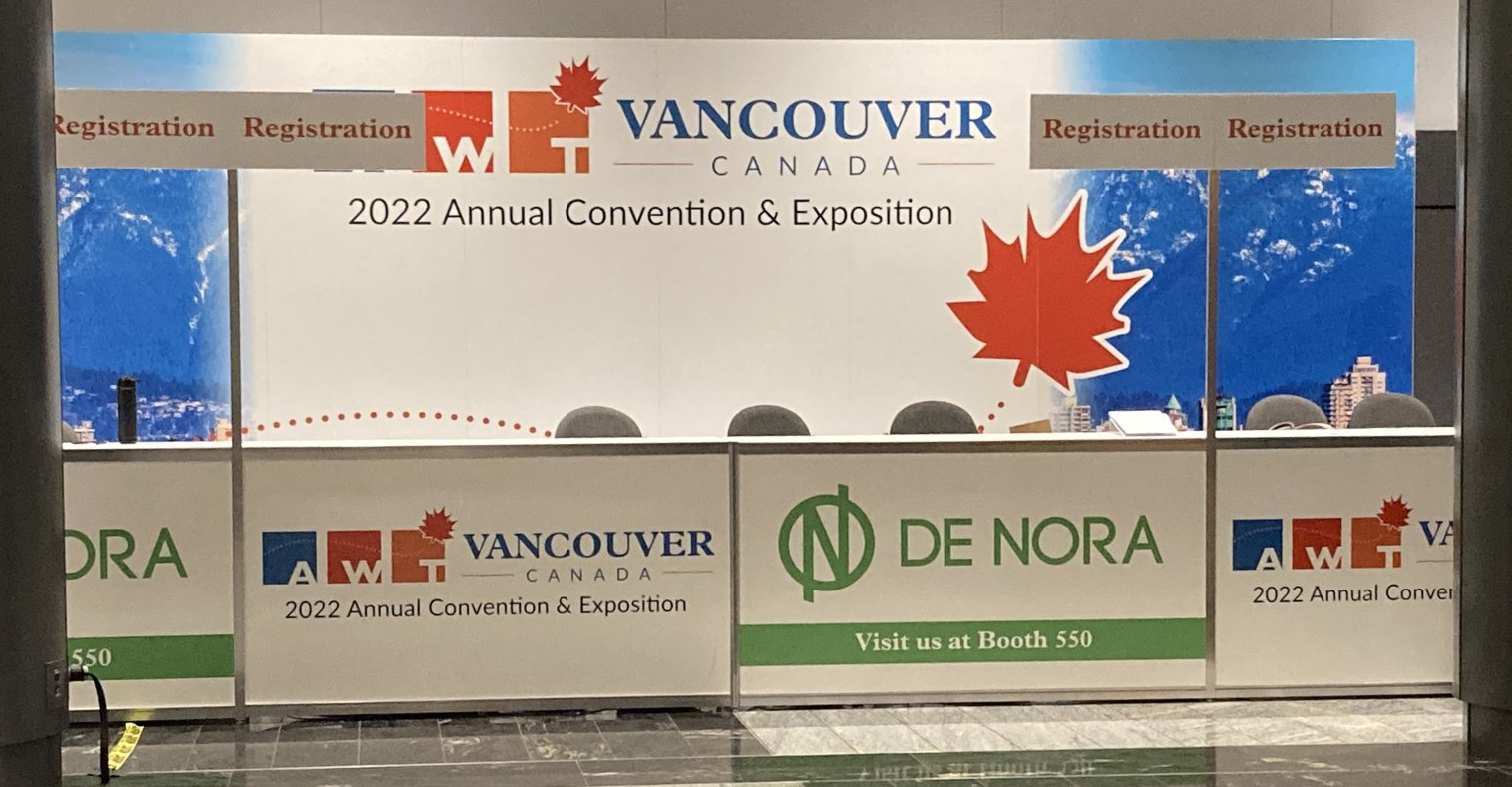
October 2022
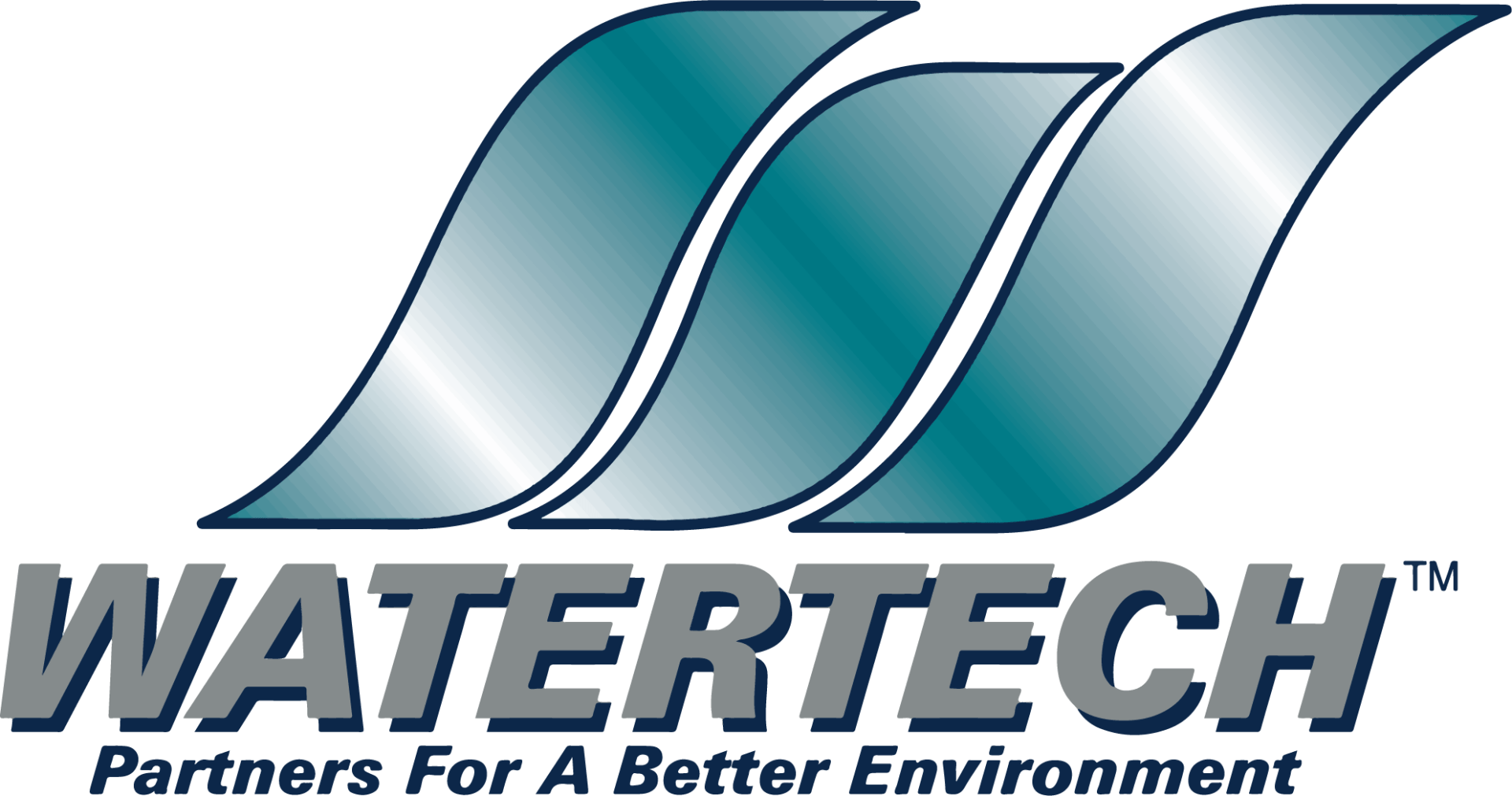
2nd Gen ATP Microbial Monitoring
Why ATP Monitoring?
Everywhere that water exists, microorganisms are sure to follow. Accordingly, there are a variety of different measurement techniques that have been developed to assess microorganisms. Until recently, there have been very few tools available that efficiently assess microbial contamination in a wide range of industrial applications.
As a consequence, the traditional tools are often utilized for sub-optimal purposes where they are limited by slow response times inherent in culturing methods (often >2 days).
2nd Generation ATP testing represents a major upgrade over other microbiological tools for two primary reasons:
- It is fast – results are available in a matter of minutes rather than days
- It is complete – since ATP is present in all cells, it provides a direct indication of the total microbial population.
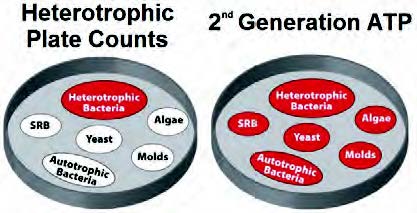
Comparison vs. Traditional Methods
Traditional microbiological tests are oftentimes deficient in the two areas where 2nd generation ATP tests excel, namely rapid and complete results. For example, Heterotrophic Plate Counts (HPC’s) are often thought of as a means for measuring the ‘total’ population. However, they underestimate the total microbiological population by typically only counting a fraction (0.1-1%) of the viable organisms (Sloan et al, 2008).
The real-time, accurate quantification of total bioburden provided by 2nd Generation ATP testing affords system operators with the ability to pinpoint the problem area within a system, apply treatment, and quantify the efficacy of this treatment within a matter of hours compared to days or weeks with traditional methods. This rapid feedback enables the expedient and proactive adjustment of system operations (e.g., biocide type and dosage) to prevent minor problems (e.g., localized growth) from becoming major problems (e.g., microbially influenced corrosion or downstream propagation of microorganisms) in any kind of water treatment application.
2nd Generation ATP testing also offers significant cost savings compared to traditional Microbiological techniques. Since the doubling time of some microbes can be as low as 30 minutes, microbial proliferation can get out of hand very quickly. The incubation times associated with other methods (which sometimes can take weeks or more) translate to problems in the system becoming exponentially worse by the time results are known.
Modifying the approach to use 2nd Generation ATP testing as a means to characterize the overall threat will prevent such occurrences, and follow-up tests involving specific culture methods can be performed to validate control mechanisms and guard against specific microbiological threats.
Ask us today about 2nd Generation ATP monitoring possibilities at your facility!
WATERTECH
HIGHLIGHTS
2022 Annual AWT Convention & Expo
Members of our management team were able to attend the Association of Water Technologies (AWT) Annual Convention & Expo this past month. This year's events took place in beautiful Vancouver, British Columbia, Canada. We attended sessions on the following water treatment topics and much more:
- Legionella
- Cooling Water Technology
- Boiler Water Technology
- Waste Treatment Technology
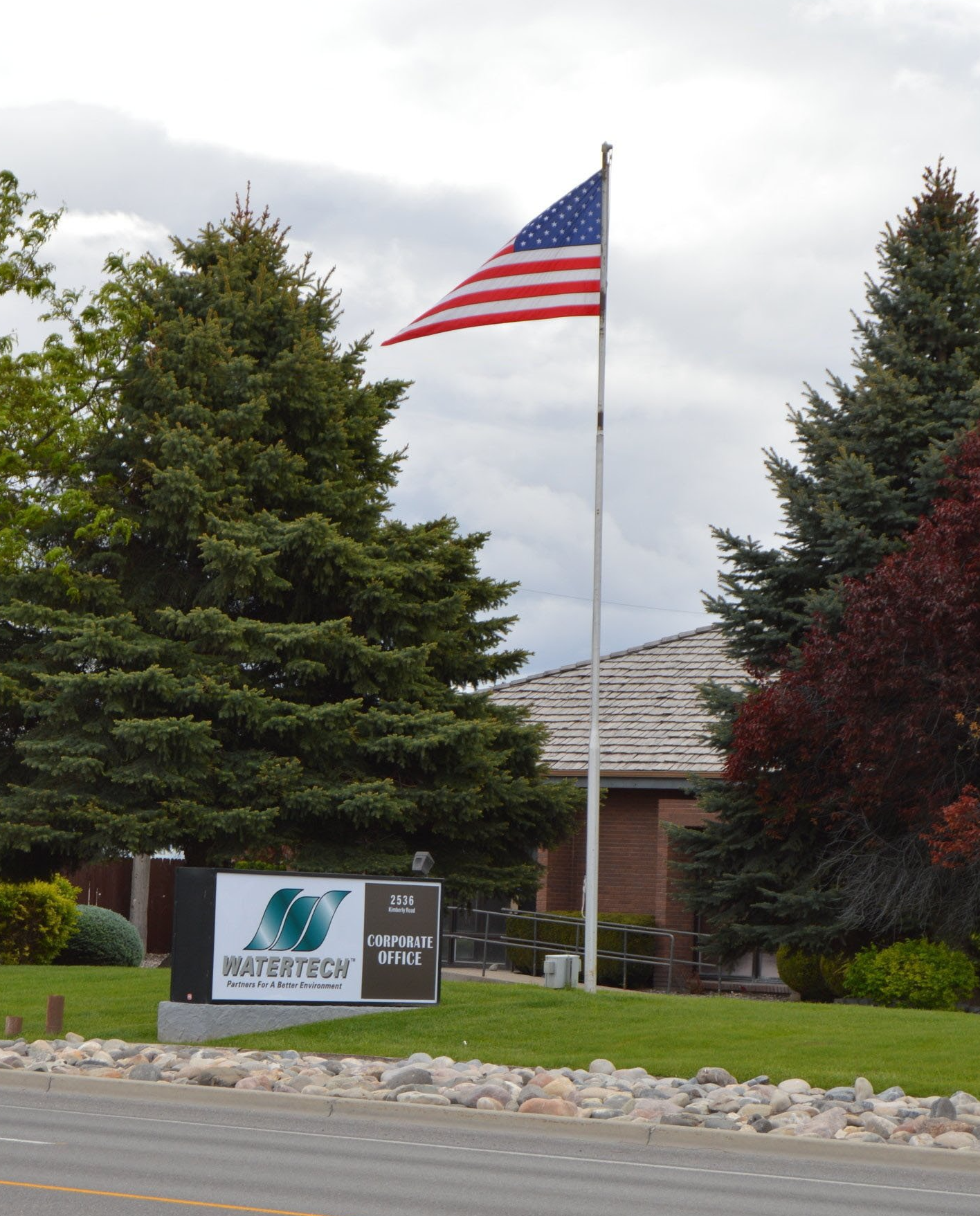
Water for Food, Water for Industry, Water for Life
Call and discuss your water and waste water treatment needs with WATERTECH today.
2536 Kimberly Road
Twin Falls, Idaho 83301
(800) 367-3250

